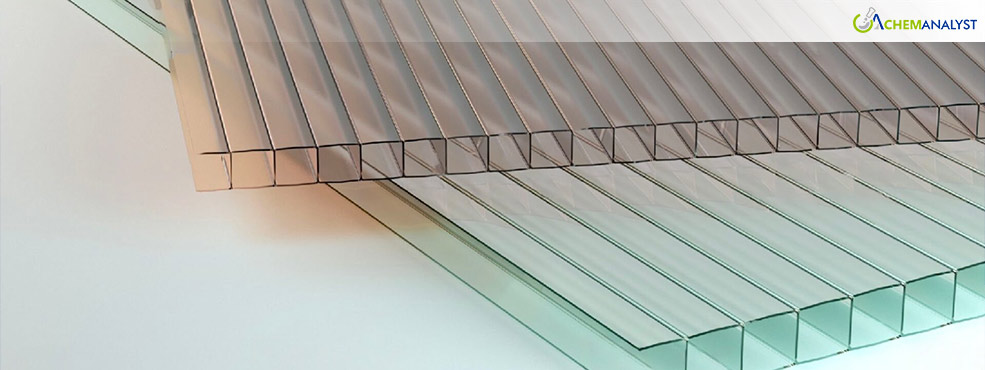Asian Polycarbonate Market in Holding Pattern as Weak Demand Offsets Raw Material Support
- 30-Jan-2025 5:00 PM
- Journalist: Philip Freneau
Towards the end of January 2025, the Polycarbonate market in Asia remained largely in a consolidation phase, influenced by stable supply levels, fluctuating raw material costs, and weak demand dynamics. While upstream factors provided moderate cost support, the market faced persistent supply-demand imbalances, leading to cautious pricing strategies among manufacturers.
The Polycarbonate market in Asia maintained a stable operational pattern at the beginning of the month, with little variation in production rates. As a result, the market continued to experience ample supply, leading to an ongoing supply-demand imbalance. Despite these conditions, manufacturers adopted a cautious pricing approach, reflecting concerns over inventory levels and limited price flexibility. The accumulation of inventory further dampened market sentiment, keeping overall supply-side dynamics unchanged.
The raw material market presented mixed influences on Polycarbonate pricing. Bisphenol A (BPA), a key feedstock in Polycarbonate production, saw a significant recovery towards the end of last year but entered a consolidation phase in early January as bullish sentiment waned. Downstream demand for BPA remained stable, preventing further upward momentum. However, the broader petrochemical landscape saw some price increases due to fluctuations in upstream crude oil prices, boosting industry confidence. While the cost support from raw materials remained acceptable, it did not significantly alter the broader market trend.
On the demand front, polycarbonate consumption continued its prolonged weak trend, mirroring conditions seen at the end of 2024. While some export orders were placed in advance last year, overall purchasing activity in January reverted to a cautious, need-based procurement pattern. The approach of the Lunar New Year holiday further dampened demand, as most pre-holiday stockpiling had already been completed. Additionally, downstream factories began reducing operations or halting production for the holiday period, leading to a drop in manufacturing loads. Buyers remained hesitant towards high-priced Polycarbonate products, and market circulation of goods remained slow, offering little support for spot prices.
As the market moved closer to the Spring Festival holiday, fluctuations in Polycarbonate prices were limited. The consolidation trend persisted, with upstream BPA prices providing stability to production costs. However, the ongoing supply surplus, coupled with sluggish downstream demand, prevented any significant recovery in Polycarbonate prices. While supply pressures showed no signs of easing, pre-holiday market activity gradually subsided as businesses took a wait-and-see approach.
As per ChemAnalyst, the Asian polycarbonate market is expected to maintain a stable and consolidated stance leading up to the post-holiday period. Market participants will closely monitor any shifts in crude oil prices, upstream BPA trends, and demand revival post-festivities. Until then, the Polycarbonate market remains in a cautious equilibrium, with limited volatility anticipated in the near term.



